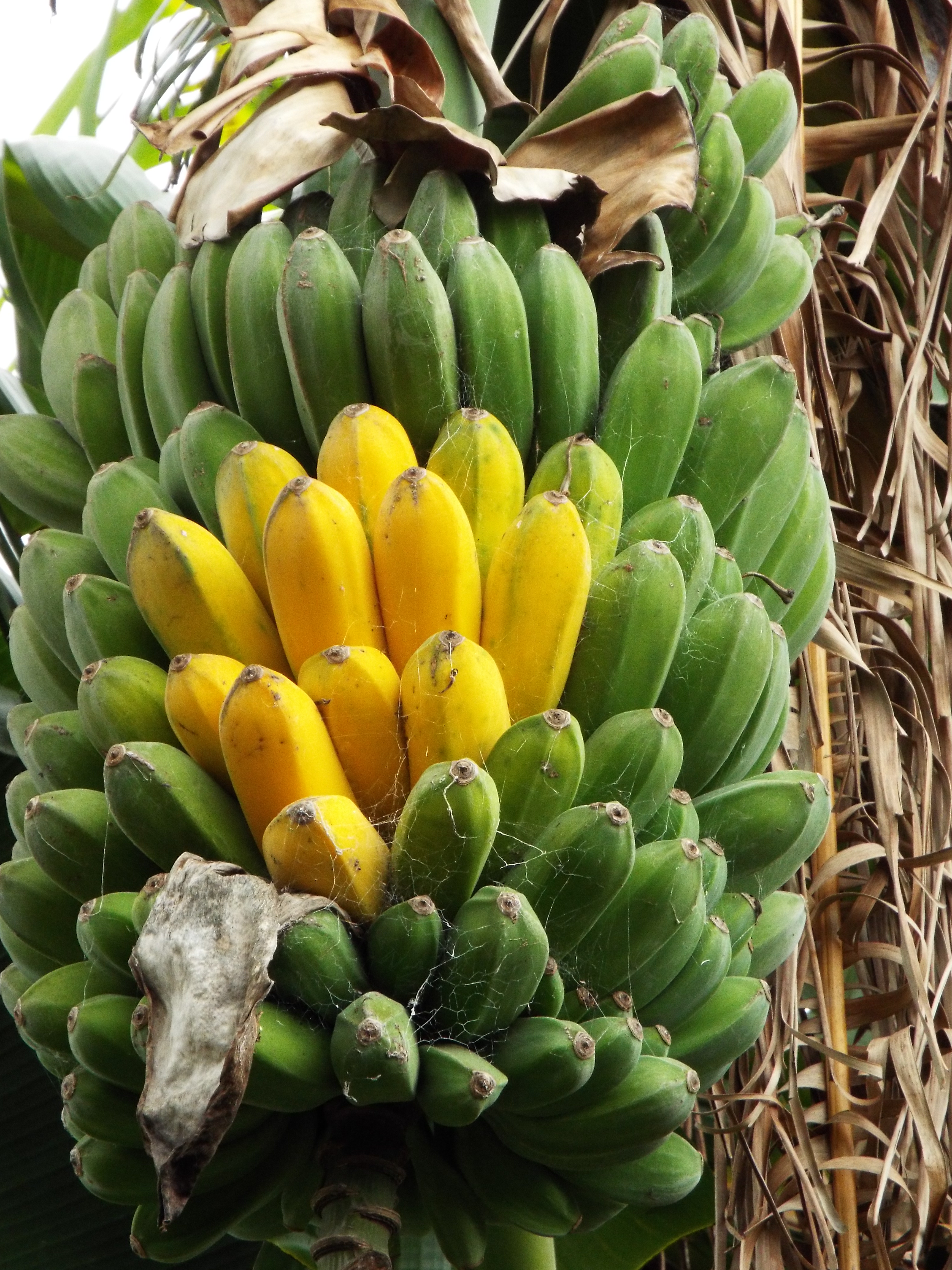4.4: Hormones
- Page ID
- 32024
Learning Objectives
- Explain the defining characteristics of a hormone.
- Name the five major plant hormones.
A plant’s sensory response to external stimuli relies on chemical messengers (hormones). Plant hormones affect all aspects of plant life, from flowering to fruit setting and maturation (Figure \(\PageIndex{a}\), and from phototropism to leaf fall. Just as in animals, hormones are signaling molecules which are present in very small amounts, transported throughout the plant body, and only elicit in responses in cells which have the appropriate hormone receptors. In plants, hormones travel large throughout the body such as through the vascular tissue (xylem and phloem) or cell-to-cell via plasmodesmata. Potentially every cell in a plant can produce plant hormones. In contrast, many animal hormones are produced only in specific glands. Plants do not have specialized hormone-producing glands.
Plant hormones are a group of unrelated chemical substances that affect plant growth, development, and other physiological processes. Five major plant hormones are traditionally described: auxins (particularly IAA), cytokinins, gibberellins (GAs), abscisic acid (ABA), and ethylene. Auxins, cytokinins, and gibberellins are groups of plant hormones whereas abscisic acid and ethylene are single compounds. Additional signaling molecules, such as jasmonates and salicylic acid are key in defense against pathogens and herbivores.

Attributions
Curated and authored by Melissa Ha from the following sources:
- 30.6 Plant Sensory Systems and Responses from Biology 2e by OpenStax (licensed CC-BY). Access for free at openstax.org.
- Plant Hormones and Sensory Systems by Biology 1520 Introduction to Organismal Biology (licensed CC BY-NC-SA)
Thumbnail image: A normal barley seedling (right) and a mutant deficient in the hormone gibberellic acid. The mutant produces less of the active hormone, and does not grow as rapidly. Image and description (modified) by CSIRO (CC-BY).


